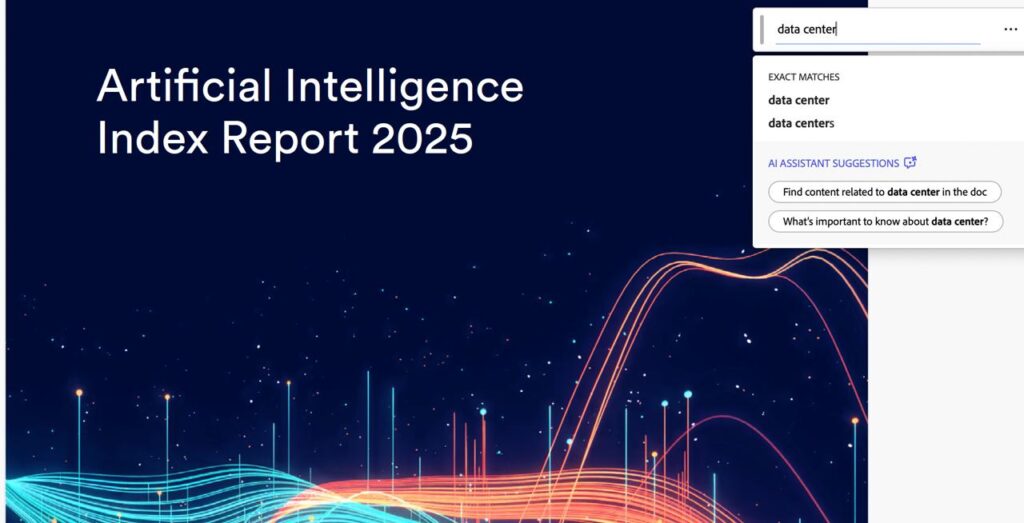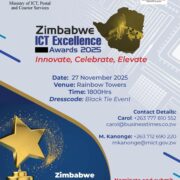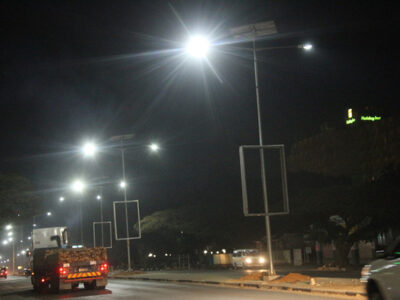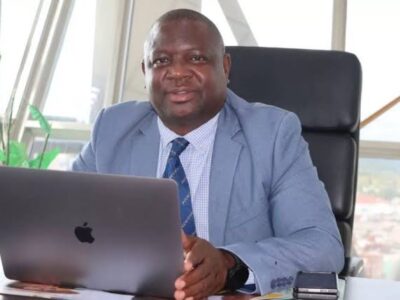For the past 2 weeks, I watched and replayed the speakers comment 10 times when he reprimanded the ICT minister Tatenda Mavetera against “starting a little ICT Park, because that is defeating the idea of one data central centre.”
In his “intelligent” high sounding presentation, he broke news that Google is prepared to fund the government on a centralized hub, and this will not be just for Zimbabwe only, but “with enablers put in place, this will be a regional hub for the whole of SADC”.
Yours truly has been re-watching and redigesting this statement, to try and genuinely understand what the speaker of parliament was really trying to say, what is it that he could have wanted to say but failed to say it technically well, and more importantly how do I even simplify this for the readers as a recommendation for a national data strategy.
https://youtu.be/Jku3kide1KM
Unfortunately, I was troubled because after 2 weeks, I can confirm that the speaker was not only technically unsound, but unpractical and sounding high, while dropping names like James Manyika in his presentation, probably to show proximity to higher Google executives, hence it was easy for many to simply buy his very vague and well spoken gibberish.
To add much more trauma to his presentation, the speaker of parliament referred to a strong document, called the Stanford 2025 AI Index report, he recommended that in this index report you will be clearly directed as to how to “establish the datacentre” and the matrix of roping in the private centre .
So I went on to download the report, this is a voluminous document , a 457-paged report speaking on AI strategy and how to embrace it this in the digital revolution, this document focuses on how the governments, private sector, industry and other stakeholders can leverage on this phenomenon while maximizing its usage at best cost-effective methods.
I endured the 457 paged document in search. The document does NOT speak to data centres at all, a simple document search on the word data centre produced 9 results, all of these were talking about optimising and improving the hardware to increase efficiency.

None of this documents spoke to the recommendation of how Africa or other countries can have the so called regional data centres and how to deploy it as alleged? The AI report has nothing whatsoever to deal with any such data centre structuring or deployment.
Mudenda simply dropped the name of a strategy report he knows , which had nothing to do with the topic being discussed. The same way he name Dropped James Manyika just to sound authentic.
To start with , what is a one data central centre, what does it really do, is it a data centre, managing what data exactly?
Whatever this animal is, forgive my ignorance I don’t know how it saves the place of techno parks which are innovation hubs or centres for research and development, meant to strategically create national pockets of research and data demand or curation, which then may need data centres to process the output.
Already in Zimbabwe, we have 3 major data centres that are being used to less than 40% capacity, the government invested in a million dollar High Performance Centre, (HPC) at the University of Zimbabwe, this gigantic machine has never seen real data throughput. Let’s speak of utilizing this public infrastructure first before borrowing more.

Private Players like Liquid, Dandemutande, and TelOne have already invested in very huge data centres in Zimbabwe; these are locally available servers that have not been used to capacity. They afre open for private players leasing their racks too, but seething with capacity.
While Google servers are simply servers either calculating, computing, storing data, which must have been processed or mined or generated somewhere.
Besides Google does not rent its servers anywhere in the world, it only has a Google Cloud service to its clients and governments who need to ride on its platform remotely may then have access to its rakes for services.
The services depending on specific projects could be IaaS (infrastructure as a service), PaaS (platform as a service), and SaaS (software as a service or even more recently, Containers as a service, or CaaS.
If Google was to offer this for SADC , what actual service would then replace the little techno park that he spoke against.
Google has some ‘front-end’ servers in almost every country working with with huge ISPs ; These are called Google Global Cache nodes, and they serve popular YouTube content and cache various other commonly used material. They also have caches, Points of Presence, edge nodes.There are several thousand sites, each with at least four machines, often hundreds. Facebook, TikTok, Instagram are also doing the same, just to cache their data for easy local access.
Then there’s the core data centers, which are enormous, with at least ten thousand machines each and some having far more than that. Those run the actual Google services.
Google Cloud Platform (GCP) offers “regions” (geographic areas that contain multiple zones). Regions are chosen strategically; GCP does not exist in every country but covers many major regions has expansion plans.

For years Google has not set up any physical servers for countries. This is costly and has no business case for them mainly because of Building and operating a data center requires scale, predictable energy costs, and favorable economics. Reliable power, fiber backhaul, cooling, and redundancy are prerequisites
Google Cloud infrastructure products are available in locations in North America, South America, Europe, Asia, the Middle East, and Australia. These locations are divided into regions and zones. In the whole of Africa we have one in South Africa, and this is a statement on its own.
Lets just say we agree with Mudenda that we have a foreign-based, run and installed server on our motherland, which local hosting for remote files for the region, is he aware of our current data protection law and the international laws that prohibit any serious cross border data for business with the GDPR (General Data Protection Regulation)
It speaks to the criminalization of personal identity data, making the unlawful acquisition, use, or disclosure of information that can identify an individual a criminal offense. This is a key aspect of data protection law aimed at preventing identity theft, fraud, and other harms.
While the GDPR harmonizes data protection principles across the EU, it leaves the specific criminal offenses for illegal data processing to individual member states, and across SADC, we have data protection laws that do not speak to each other, all criminalizing the movement of PID.
Imagine what this means to banking details, medical records or vihecle ownership, such an opportunity is already blocked by these various strong laws prohibiting data movement.
However the speaker of parliament is right in that we need local data centres that are fast robust and of regional appeal, this cuts away on lost data traffic on Latency as Data must travel a physical distance to its destination, which introduces network delay. Internet Dependence on data and applications in a remote data center relies heavily on a stable and reliable internet connection, Actual server Management Complexity, Physical Control, Security Risks: Storing sensitive data on third-party remote servers introduces potential security concerns and Data Privacy and Sovereignty as Data is stored outside the organization’s premises might be housed in locations subject to different data protection laws and regulations
However the minister of ICT hon T Mavetera has a completely different approach of techno parks, which by design and purpose does not need servers, but creates and curates data for national usages, research and development centre and ocal data creation that will then be utilized after creating the demand.
This I hope is a clear explanation of what can be done if we are still to make our tech sector the greatest we think it is














Comments